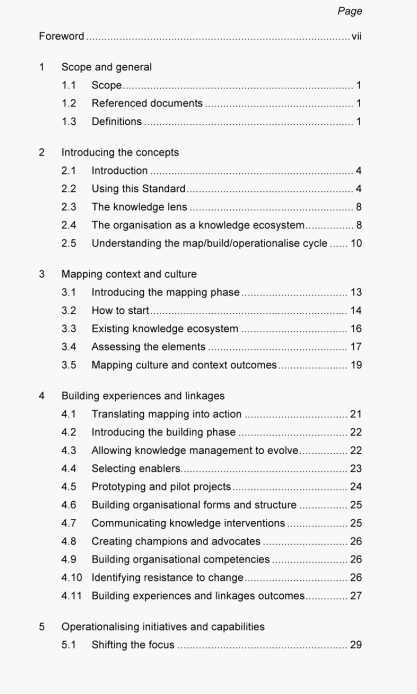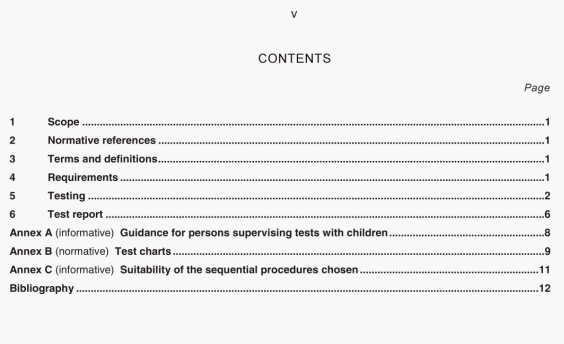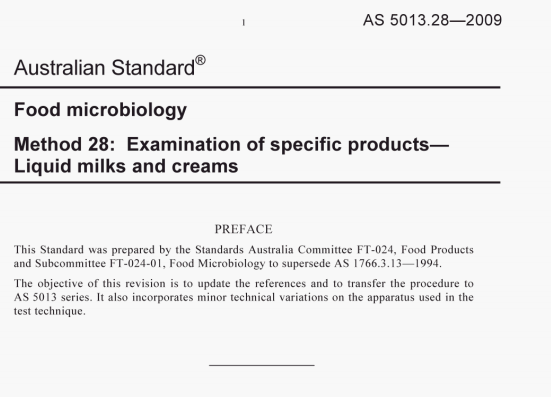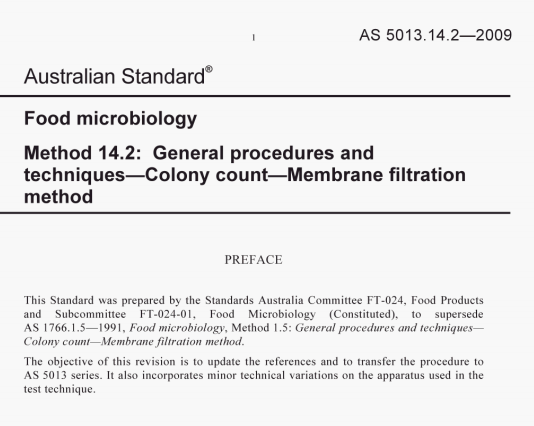Abstract: AS 1141.5:2000 pdf download.Method for sampling and testing aggregates Method 5: Particle density and water absorption of fine aggregate. (b) Drain the water off the test portion and spread the aggregate on a flat impervious surface. (C) Su...
AS 1141.5:2000 pdf download.Method for sampling and testing aggregates Method 5: Particle density and water absorption of fine
aggregate.
(b) Drain the water off the test portion and spread the aggregate on a flat impervious surface.
(C) Surface dry the aggregate by exposing it to a gently moving current of warm air and stirring it frequently to achieve uniform
drying.
(d) When the aggregate appears to be free flowing, fill the conical mould by loosely placing part of the test portion in it. Tamp
the surface of the aggregate with the tamping tool 25 times, allowing the tamping tool to fall from about 10 mm above the surface
of the aggregate.
(e) Lift the conical mould vertically. If free moisture is present, the cone of fine aggregate will retain its shape. If the cone
slumps on removal of the mould the first time, the aggregate is too dry and additional water will need to be added and the test
portion allowed to stand for 30 mm.
(f) Continue drying with constant stirring and retest at frequent intervals using the procedure in Steps (d) and (e) until the cone of aggregate slumps on removal of the mould. Slumping of the aggregate cone indicates that it has reached a saturated surface-dry
condition.
(g) Immediately after the saturated surface-dry condition has been achieved, determine the mass (“‘2) of the total test portion.
(h) Place the test portion into the volumeric flask or pycnometer, as appropriate. Fill the flask to the 500 mL mark, or in such a manner that the same procedure used for determining the volume of the pycnometer has been followed (see Note). Determine the mass (m3) of the flask and its contents.
Recommended:



